My must-do in Japan. Shopping for stationary.
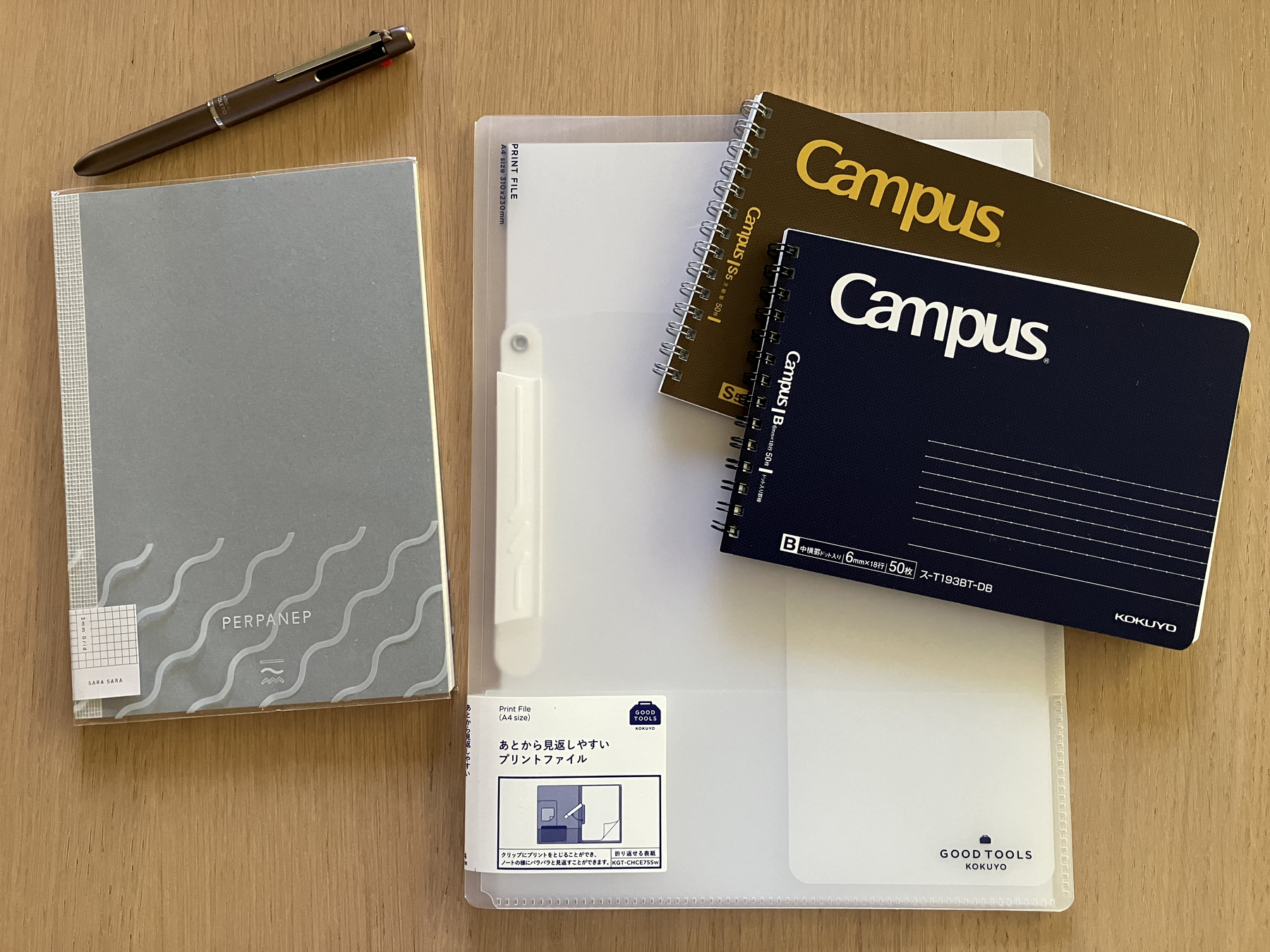
My must-do in Japan. Shopping for stationary.

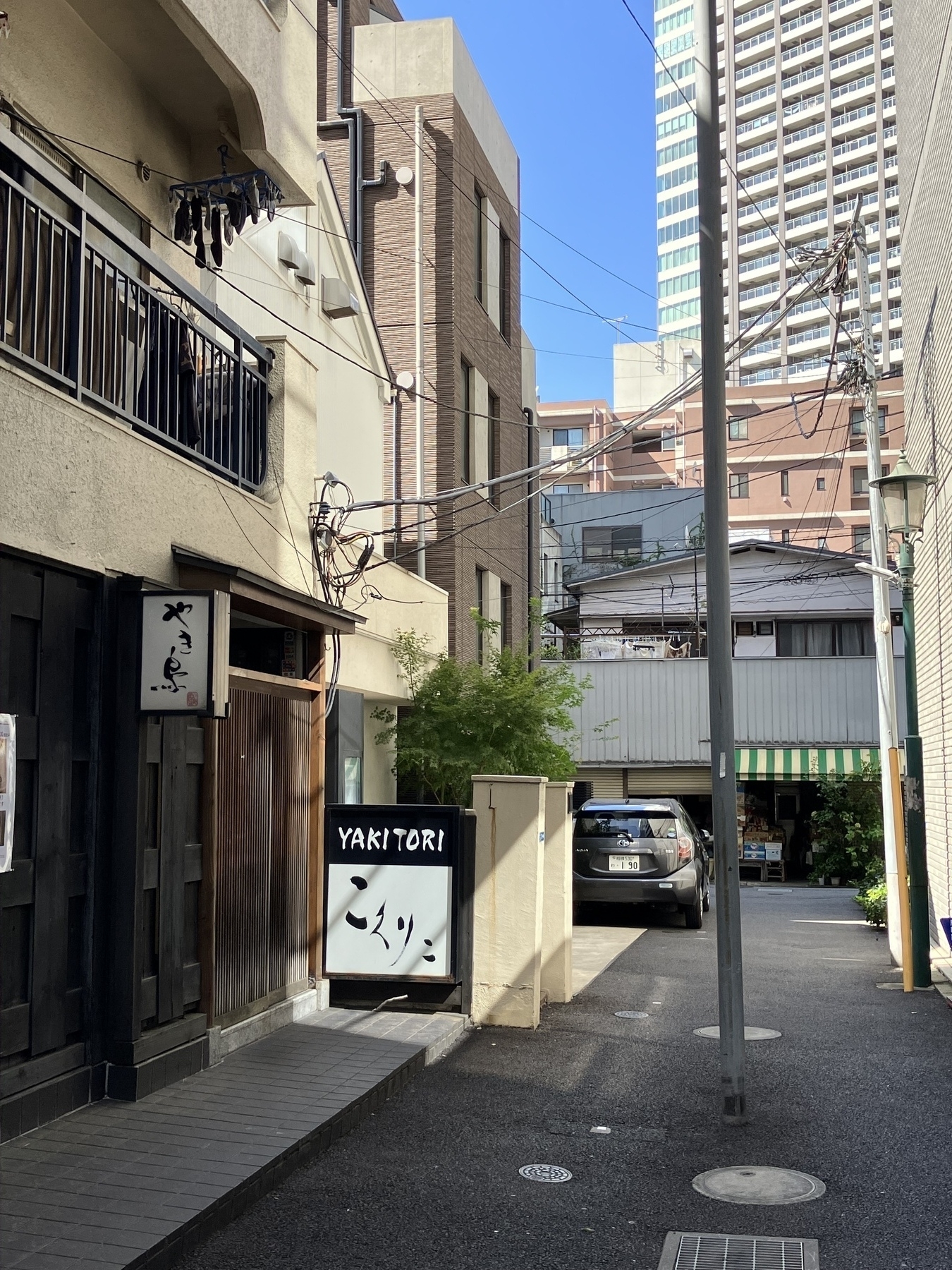
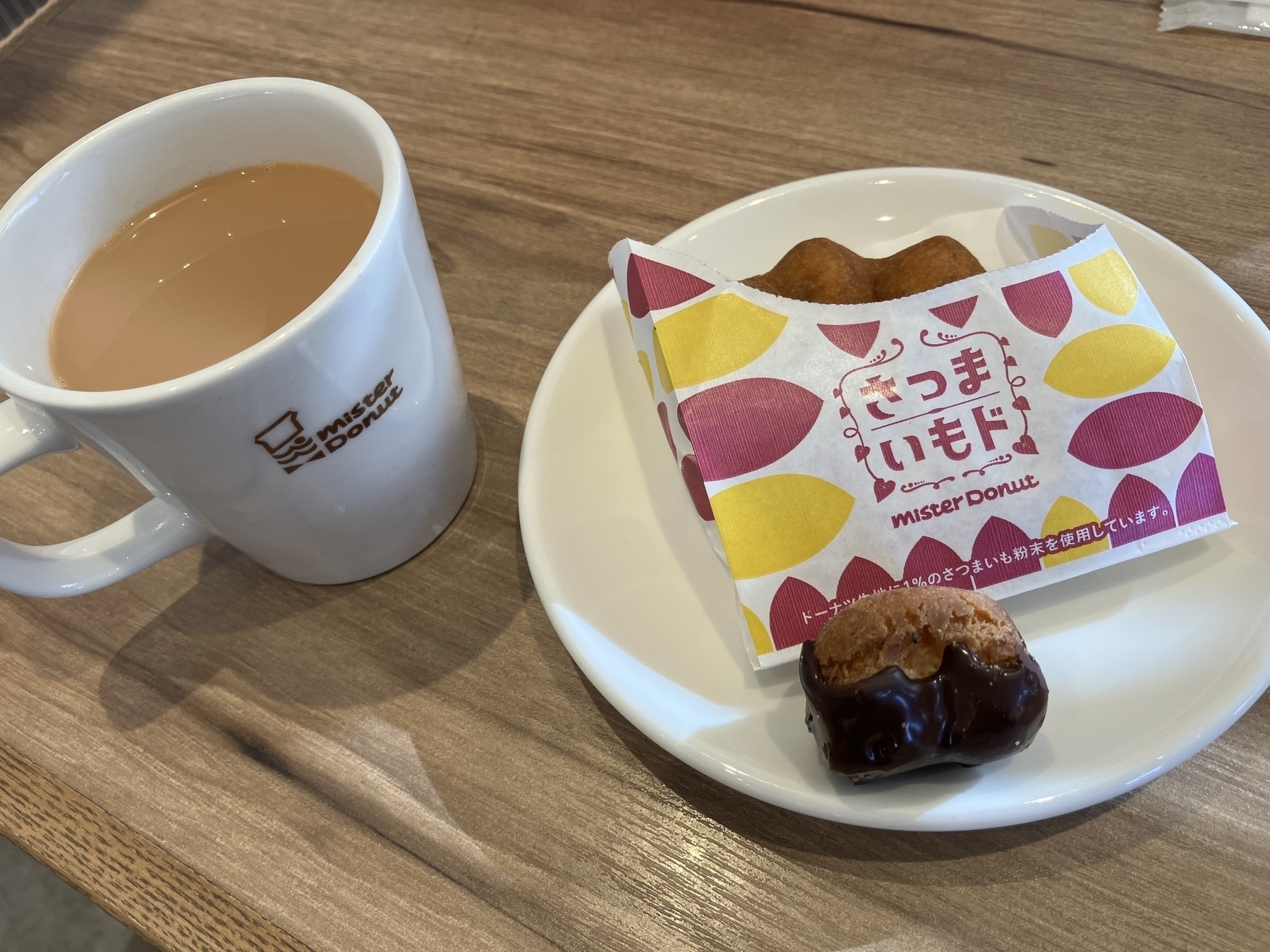
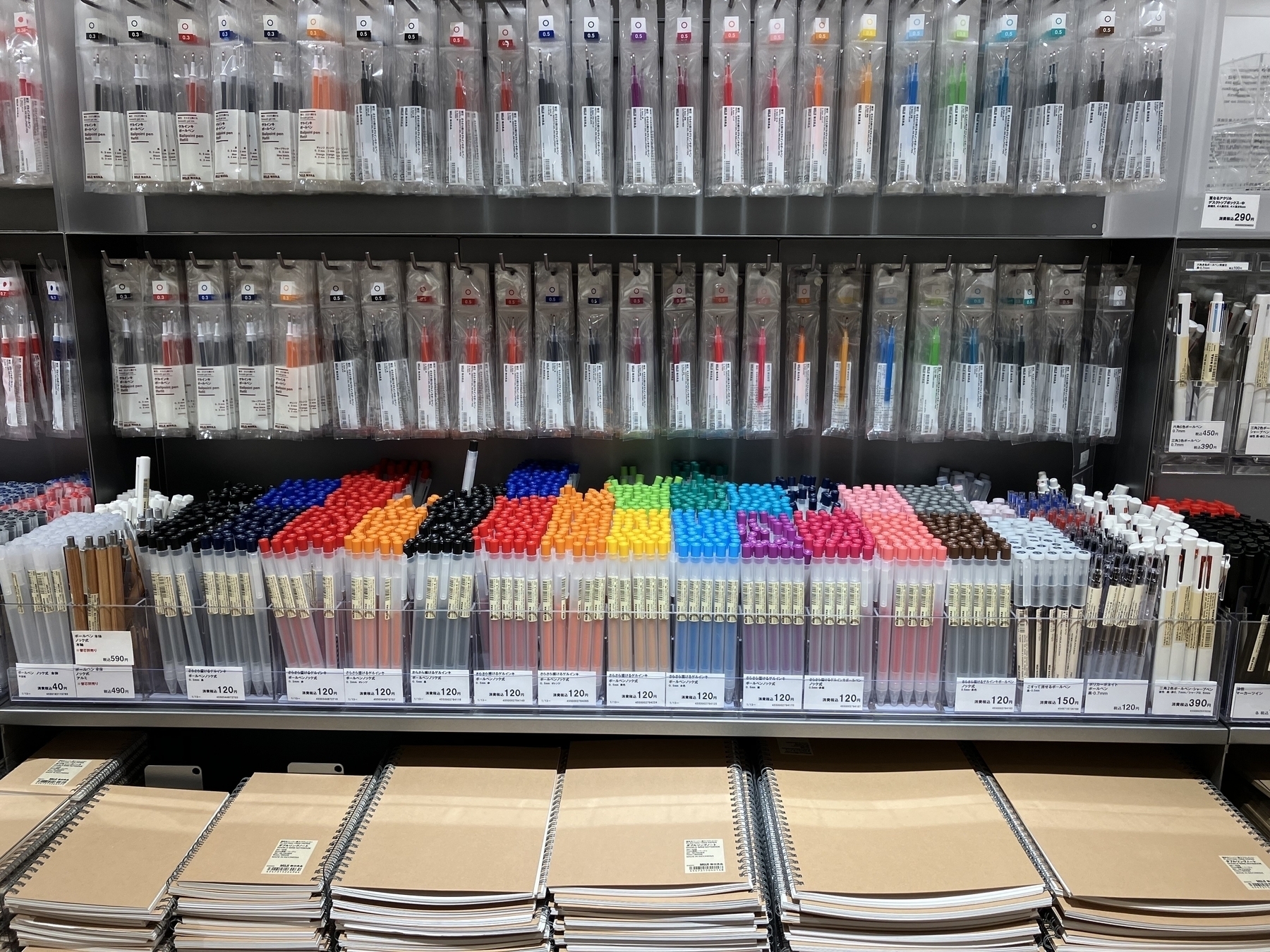

Out of place. Weird. Strange. In Japanese, the adjective “hen” (変) captures these meanings.
To make something different from its previous state. To change. This verb is Ka-e-ru (変える) in Japanese.
Two different words. But they share a same Japanese character. Here’s my interpretation of this relationship. If nothing has changed. Then nothing is strange.
Strange. Change. Interesting how they rhyme in English.

A reporter once asked Charlie Chaplin what he considered his best work. Chaplin replied, “The next one.”
It’s a variation of the Japanese idea of Kaizen, which is made up of two Japanese characters: Improve and Good. It is a concept the car company Toyota came up. Widely known as continuous improvement.
To understand. There is no such thing as best. To acknowledge. There is always room for improvement. For the next one.
In Japan, there’s a saying:
明日の風は明日吹く
(Ashita-no-kaze-wa-ashita-fuku)
It means the wind of tomorrow blows tomorrow.
It’s one of my favorite Japanese saying. It’s a reminder. What happens tomorrow and beyond, there’s nothing we can do. It’s an invitation. To be present. To be here.
When we think it can’t get better than this. When we think it can’t get any higher than this. When we think this surely is the best part in the song we’re tuning in.
The songwriter does a key change.
When the key change in a song, we’re given a jolt. We are for a second disoriented. Like we’re suddenly transported to another country.
The scale is shifted. The rules get shifted. Suddenly notes and chords that don’t belong previously are with us now.
The melody feels the familiar but it’s performed with different notes. A new set of chords are used. Somehow it creates more energy to a song that we thought wouldn’t be possible.
Uncomfortable change. It gets better.
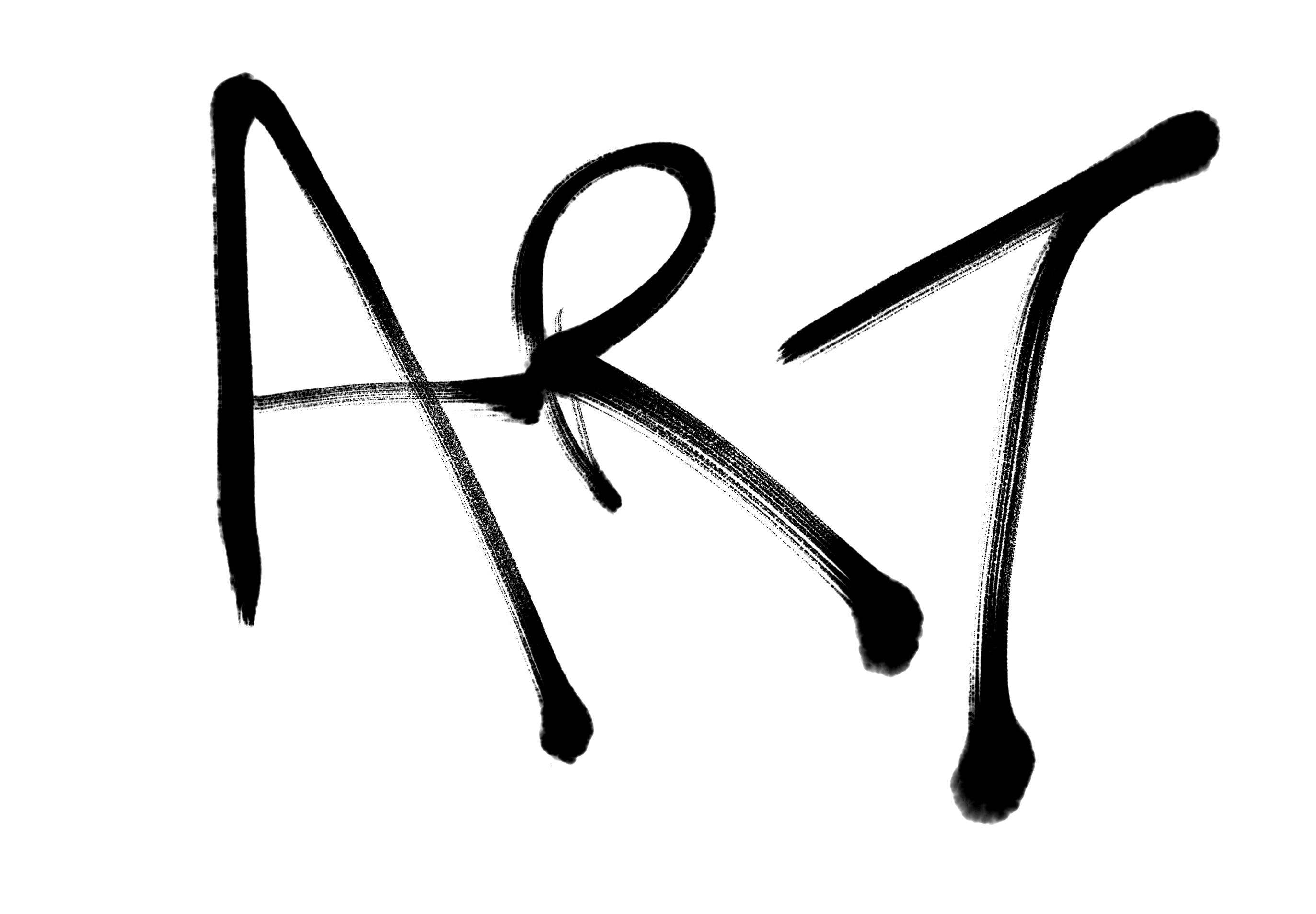
Legendary game designer and creator of Mario, Shigeru Miyamoto, once said at a press conference:
I do not call our video games a piece of work… A piece of work refers to when a creator embodies the work with their own thoughts. The audience is free to interpret. However, the reason we refer to our games as products is because we hope the audience uses it in line with the creator’s intentions.
A few questions come to mind. What is a piece of work? Is art a piece of work? What exactly is a product?
Digging deeper and putting the terminology aside since words like art and products mean different things to different people, I think we’re really looking at two extreme types of things we create.
On one end, it is 100% about expressing ourselves. On the other end, it is creating a thing for someone that makes their lives better.
It is not to say whether one end is better than the other, but I think recognizing there is this spectrum and understanding where our creations fall brings us clarity.
An-Pan Man is cartoon hero in Japan. Every kid in Japan knows who he is. But he’s a different kind of hero.
An-Pan, a classic pastry in Japan, is a round bread roll filled with sweet red bean paste. An-Pan Man is a character whose head is, you guessed it, an An-Pan. His costume is red and yellow with a brownish cape. As a super hero made of bread, he weakens when his head gets soaked with water.
Although he’s always found fighting his arch rival Baikin-Man (translation: Germ-Man), he is known for this. He finds people who are hungry and starving, and offers them a bite of his bread-head.
To sacrifice a piece of ourselves to help others.
This is the secret lesson hidden behind the cute characters and colorful world of An-Pan Man.
It is a reminder. For us to be generous. To give a piece of ourselves to those we serve. For the change we want to make.
(Note: If you’re worried about An-pan Man’s face, fear not. For An-Pan Man can return to the bread factory where Uncle Jam will bake a new replacement.)
Here’s an unexpected thing I learned from studying pastry at a culinary school in Japan.
For class, we would bake pies, tarts, and cakes. After class is over, my classmates and I would sample each other’s cake creations.
No forks. No spoons.
We would use our hands to grab a slice of cake. Take a big bite. Gobble it down.
The experience is far different from eating with a fork. It’s like eating a hamburger made of cake. A small bite with a fork can beat a big bite of cake. The amount of cream, filling, and cake! I don’t think I can do it justice in words. You have to try it to understand.
Hands down, it’s the best way to eat cake and pie.
A few years ago I was at a sushi restaurant in Tokyo with my boss and another coworker.
We were sitting at the bar with the sushi chef in front of us. Though not quite as dramatic as those Netflix food documentaries, the chef worked like a thoughtful craftsman creating food art. When he assembled a pair of sushi, he would delicately place it on the plate in front of us.
It would always be placed at an angle. Slanting from the top left to the bottom right. Sushi chefs place sushi like this because it makes it easier to pick up with the chopsticks in your right hand.
Except I’m left handed. Having the sushi slant towards the right actually makes it harder. But we lefties are used to these inconveniences. We adapt and we carry on.
After a few pieces of sushi, I noticed something peculiar. The pieces of sushi placed on my plate were slanting the other way. From the right to the left.
What was this? Did the chef notice? Indeed, he noticed that I was left handed and it would be easier if the sushi were slanted towards the left. This was an unusual experience. One that stuck with me.
I ponder why. Why did this moment stick with me?
Sure it was a thoughtful touch. Delightful, you could even say because it made my dining experience better. (Not to mention letting me experience how most people get to enjoy their food at sushi bars in Japan.)
But I suspect there was something more.
I think. I believe it’s the act of seeing me. Seeing that I’m left handed. Seeing the difficulty and trouble I had to carry those pieces of art with my chopsticks.
Seeing. But not just seeing. But also taking action. Being willing to change what he’s doing to make my experience a bit better.
That night as I stood up to leave the restaurant, I thanked the chef for noticing and his thoughtful sushi placement on my plate. He smiles nonchalantly, and, as if it was part of his craft, he humbly replies, “Not at all.”
One of the famous works of the Japanese poet and calligrapher, Mitsuo Aida, is “一生勉強 一生青春” (Issho Benkyo, Issho Seishun).
The first part, Issho Benkyo, means a a life of learning, which leads to the second part, Issho Seishun, which means a life of youth.
Youth is made up of two characters.
The first (青) is the character for blue and also carries the meaning for the state of being young inexperienced. The second (春) is the character for spring carrying the meaning of vitality and life. Put them together to from the Chinese and Japanese word for youth.
To me, this saying means this.
A lifetime of learning means being curious. Being willing to take new things in. A beginner mindset.
And the inverse is this. If we don’t adopt a posture of learning, we lose our youthfulness. We become stubborn and incapable of absorbing new ideas.
Today SpaceX’s Starship rocket blew up shortly after launch.
From the coverage from The New York Times:
That was enough for employees at SpaceX headquarters to cheer the performance — one employee sprayed a bottle of champagne on colleagues — and for Bill Nelson, the NASA administrator, to congratulate the company.
SpaceX writes on Twitter:
With a test like this, success comes from what we learn, and today’s test will help us improve Starship’s reliability as SpaceX seeks to make life multi-planetary.
It’s an example of reframing failures into learnings and finding small wins. If a rocket explosion can be celebrated, so can our epic failures.
There are people who don’t believe you. Those who don’t see what you see.
There are the people who are on your side. They see what you see. Allies. Friends. They root for you.
In Japanese, these people are known as mi-ka-ta.
They are the ones who matter. Ignore the others. They are not worth your time.
Looking forward to the Japanese animated film, Suzume, which will be in theaters here in the US next week.
And a J-Pop song I’ve recently discovered.
Sitting at the foothills of a mountain northwest of Kyoto is Ryoanji, a Zen temple built over 500 years ago. Queen Elizabeth II once visited the Zen temple to see its famous rock garden.
In place of soil is a sea of white gravel. In place of plants are fifteen stones of different sizes. Filling the air is stillness.
Fifteen stones.
The number fifteen is a symbol of completion. One can look to the moon to see the tangent; it takes 15 days for an invisible moon to become full moon.
But here’s the catch. There is no vantage point where you can see all fifteen stones at once. As if the garden is secretly teaching us that we can never be complete. Inviting us to accept that we will always be incomplete.
Comic books I’ve been re-reading.
And J-Pop songs I’ve recently discovered.
I’ve created a Apple Music playlist with these songs and will be updating it with new finds.
I don’t reflect enough. I’m wasting my mental time travel powers. If the past were dishes of food, they would surely be cold now.
In Japanese there is the proverb:
温故知新
It is pronounced “Own-koh-chee-sheen.” The four characters are “warm” “past” “know” “new.” Essentially, it means to understand the new and move forward, one must warm the past. For me, this is the past that I’ve left cold.
In a way, this blog is a way for me to warm up my past.
To look back. To see if there are things to be learned. To see things from where I am. Hidden within the experiences alone are discoveries and insights. That will surely help me for the road ahead.
Like reading a book I’ve once read again. And seeing it all differently again.
A figure skater can win in two ways.
First way: to have a better score than other competitors.
Second way: to set a new personal record. Beating their own selves and achieving their personal best.
I think the second way is a powerful reframe to get unstuck. To get over resistance.
For example, I worry about shipping my writing. There’s always a fear that it isn’t good enough. Surely, if I compare it to the writings of other legendary bloggers, it’s not good enough.
But if I focus on setting a personal record. It becomes much more manageable. I can look at the writing and see if it’s a teeny tiny bit better than my writing last week. If yes, than I’ve won.
I guess that’s what they call a “small win.”
Some nice Japanese TV dramas I’ve enjoyed recently.
And some J-Pop songs I’ve recently discovered.
I’ve created a Apple Music playlist with these songs and will be updating it with new finds.
This dream. This idea. It has been sitting with me for many years.
A few months after Satoru Iwata, the former CEO of Nintendo, passed in 2015, I wanted to write a book about him.
Nintendo is one of my favorite companies and brands. Plus, I can read Japanese. I believe I could access stories and information restricted by the Japanese language and culture barrier. And share a different view of Iwata-san with Nintendo fans around the world.
A book is a huge and ambitious endeavor. Perhaps that’s why it has taken me so long to get started.
Today, I’m pressing start.
But I’ll be starting small.
The idea is to first research and create a timeline of Iwata-san’s life. Hopefully this will create the foundation and help me move closer to writing the book. I will be sharing progress and updates on this blog under the category Nintendo.

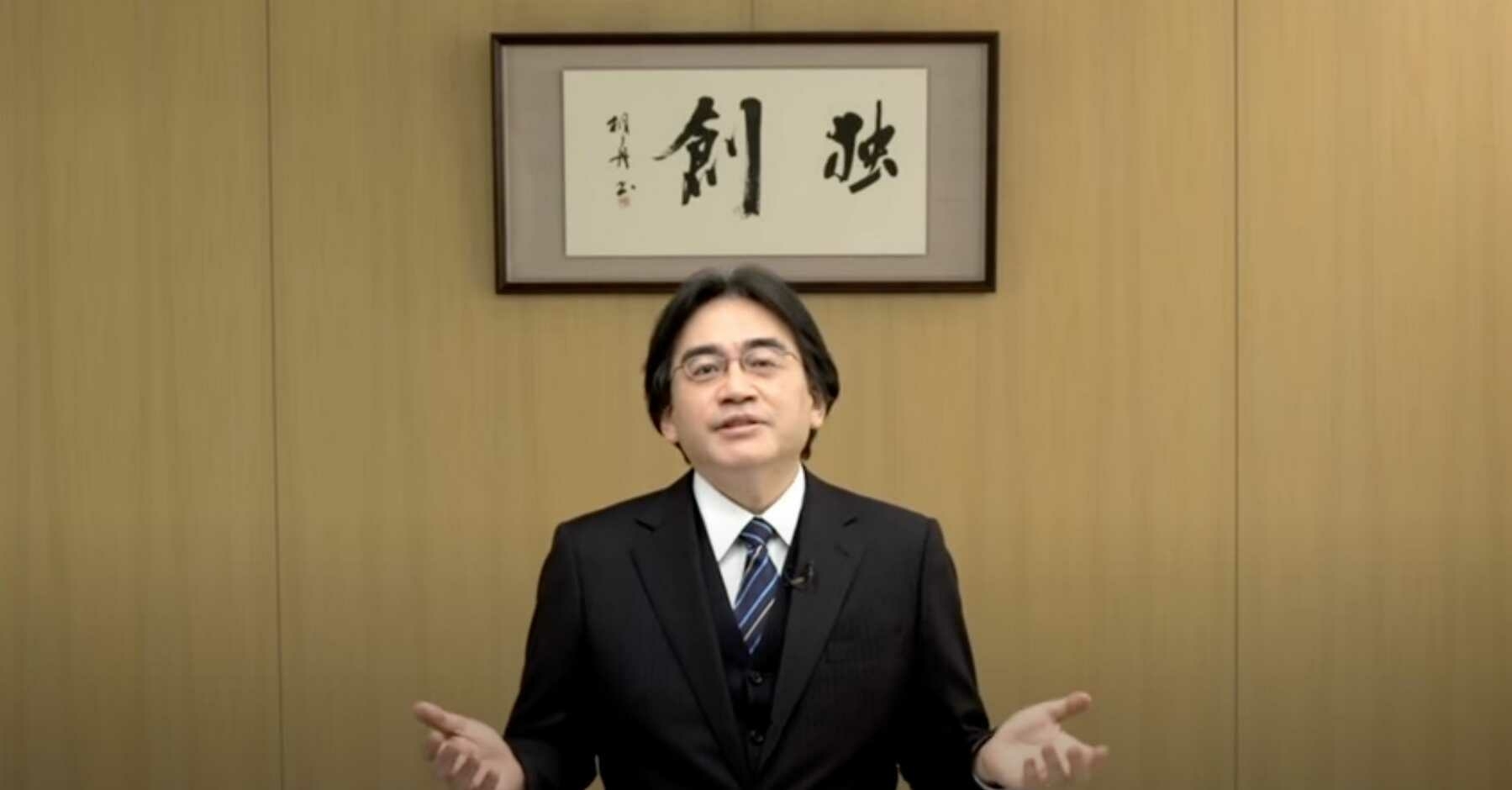
On the wall of a conference room in Nintendo’s headquarters in Japan hangs a calligraphy painting with two Chinese characters: Doku-Sou. The two characters mean “unique” and “create” embodying Nintendo’s spirit of creating differently.
It’s one thing to hang up a core value on the wall, it is another to live up to it. Certainly, Nintendo has. The competition had always been focused on making video games faster and prettier, but Nintendo had a different agenda. It constrained itself to the not-so-cutting-edge technology. Nintendo uses existing technologies creatively while focusing on providing fun.
The list goes on.
Sure Nintendo has its stumbles, but it has always charted its own path in an unwavering manner. One has to wonder - what is Nintendo’s secret code?
Companies like Sega, Sony, and Microsoft are on the mountain of video games. What do they see? Video games have to look more breathtaking. Video games have to load faster and speedier.
Nintendo knows the secret code.
Picking the right mountain to climb. Because what you see depends on it. For Nintendo, instead of choosing a mountain where everyone in the video game industry is at, they chose another mountain. Which mountain did they choose? In an interview, Nintendo’s CEO, Furukawa-san, said this.
Every year, when it comes to crunch time, the real enemy is ‘getting bored.’
In other words, you can say Nintendo’s mountain is “fighting boredom.” So their view is about designing toys and video games that entertain people forgoing chasing cutting-edge technology. They also have a different view of competition. Their competition isn’t just video games, but anything that entertains people.
And there’s a bonus here. Like sport athletes, they learn and get pushed by their rivals. Now, because the rivals of Nintendo are not limited to video games, Nintendo is more prone to inspiration from other areas. When you review Nintendo’s history, you will see hit games inspired from gardening to board games to Hollywood movies.
The power up item we can take away from Nintendo is a question we need to constantly ask ourselves.
Are we on the right mountain?
Nice Japanese pop song of the week.
Algernon by Yorushika.
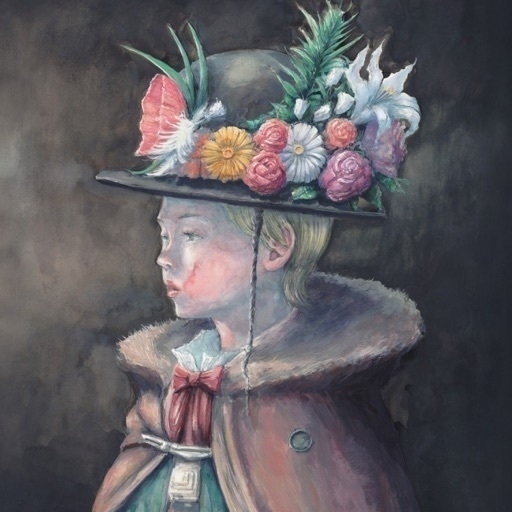
Yorushika is a Japanese rock duo. Their songs are inspired by literary works around the world. This track is likely to have been inspired by Flowers for Algernon.